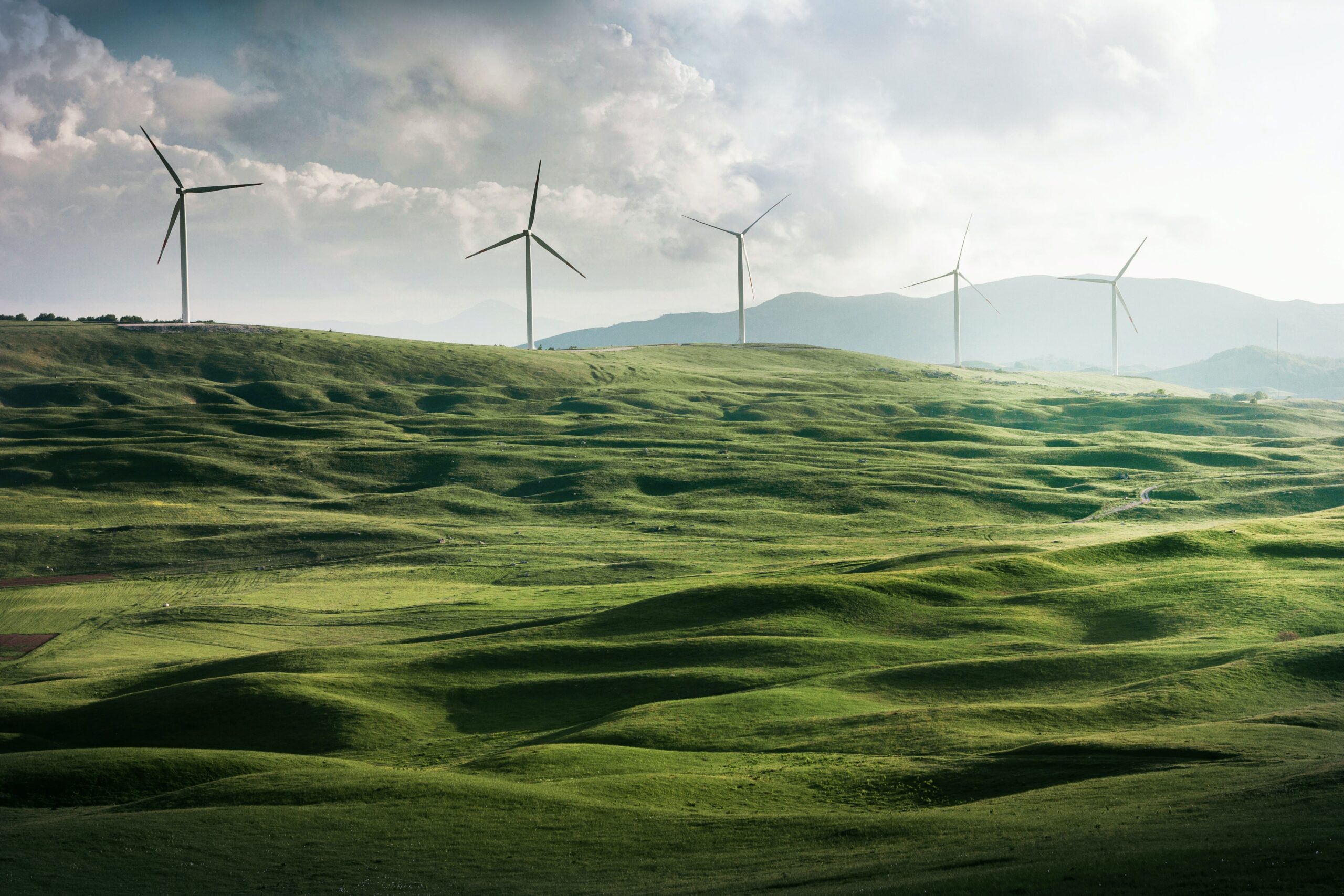The green jobs gender challenge on the path to net zero
The net-zero transition is expected to generate thousands of jobs nationwide, but by 2030, only a quarter could go to women. One of the main questions is how businesses intend to reduce the green skills gender gap.
The UK is making significant investments to achieve a low-carbon economy. One of the key benefits of this transition is the generation of thousands of jobs in industries ranging from forestry to finance. PwC has predicted that the energy industry alone will require 250,000 additional employees. New positions are appearing consistently nationwide, and while that promises an added boost for employment, there is a concern that new jobs won’t be evenly distributed. A large proportion of growth is expected in STEM jobs and manual trades, in areas where women and disadvantaged groups have traditionally been underrepresented. Studies from the ONS suggest that a little over 16% of British engineers are women, representing the lowest ratio of any country in Europe. Women represent only 2% of the construction industry, 27% in manufacturing and 26% in energy. There are concerns that these disproportionate patterns will continue with the future promise of new green jobs. Today, men make up over 80% of the UK offshore wind industry jobs and 83% within climate finance. A recent report from Viessmann indicated that under 4% of people trained in the heat pump industry last year were women, while LinkedIn studies suggest that over 66% of people moving into green jobs are men. As a result of these recent findings, Boston Consulting Group predicts that women will account for only a quarter of green jobs worldwide by 2030, impacting overall progress within gender equality.
Why is the green gender gap such a big issue?
Jobs within STEM and technical industries typically pay higher salaries. Nesta discovered that the pay gap for women in green jobs (currently over 20%) is over double that for women working in brown industries due to often working in supportive or administrative positions. The Learning and Work Institute (L&WI) emphasises that women are overrepresented in jobs and industries that typically pay less and have fewer opportunities for career progression. L&WI believe the growth of green jobs is a chance to tackle the gender pay gap.
The lack of female talent in the green industry could hinder our progress toward net zero. Many studies recognise the importance of diversity of perspective, particularly for innovation and creativity, which is vital for the energy transition. The requirement for new ideas is not only limited to gender but also race, class and disability. When incorporating the entire community within the system, you gain a different outcome from focusing on one part of society.
One reason for fewer women entering these roles is the traditional male-dominated working cultures, particularly in industries like energy and construction. In previous years, many working environments offshore or in the construction industry typically catered for men, but this is changing. Some female industry representatives believe the renewable sector is improving representation and overall working conditions. Orsted highlights that a total of 31% of places on its UK wind turbine apprenticeship have gone to women since 2017, and 24% of its leadership team are female.
Despite some progress, there is still considerable work needed. A recent study by POWERful Women discovered that many women working in the energy industry are unlikely to recommend their business as a workplace for other women, and this becomes more of an issue in more senior leadership roles. The study highlights the diversity and inclusion delivery gap, emphasising that while many businesses have created inclusive measures and flexibility options, the overall uptake has been low and doesn’t necessarily yield definitive results. As a consequence, this impacts talent retention, with many women deciding to move to alternative roles and other markets.
Delivering the green talent pipeline for the future
Many businesses have implemented gender-focused targets but, in reality, are struggling to acquire the right talent. This challenge comes down to the representation in educational organisations, particularly in engineering and science, and relevant apprenticeship programs that are typically male-dominated. Researchers at the Cambridge Institute for Sustainability Leadership explain that there is a lack of information and a level of expectation for women considering taking a career in technology.
Businesses must work with education to expand the knowledge of green skills and jobs required into national curriculums. Employers must find ways to connect young people to sustainable career options and industry role models as soon as possible.
For the latest Arboriculture Jobs, Climate Change Jobs, Climate Crisis Jobs, Climate Emergency Jobs, Climate Finance Jobs, Climate Jobs, Energy Jobs, Forestry Jobs, Green Jobs, Heat Pump Jobs, Low Carbon Jobs, Net Zero Jobs, Offshore Wind Jobs, Renewable Energy Jobs, Renewable Jobs, Tree Jobs, Wind Jobs, Wind Turbine Jobs in the United Kingdom please visit – GreenJobs
For the latest Arboriculture Jobs, Climate Change Jobs, Climate Crisis Jobs, Climate Emergency Jobs, Climate Finance Jobs, Climate Jobs, Energy Jobs, Forestry Jobs, Green Jobs, Heat Pump Jobs, Low Carbon Jobs, Net Zero Jobs, Offshore Wind Jobs, Renewable Energy Jobs, Renewable Jobs, Tree Jobs, Wind Jobs, Wind Turbine Jobs in Ireland please visit – GreenJobs Ireland
LOOKING TO HIRE TALENTED ENERGY TRANSITION PROFESSIONALS?
We Can Help You To Find The Right Candidate & Save You Money.
For more information please contact us at – info@greenjobs.co.uk – quoting the following promotional code – GREENFUTURE1409


